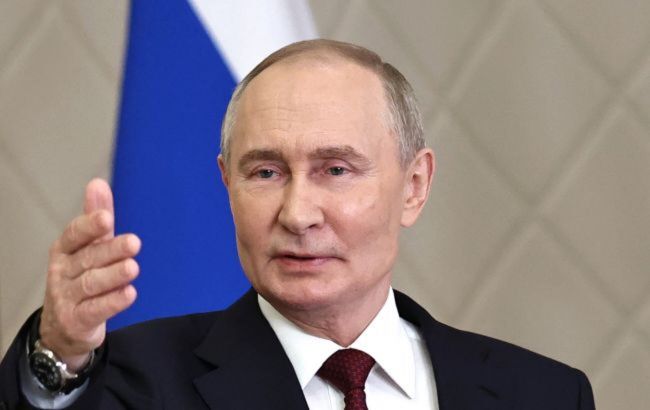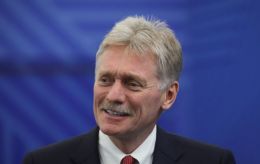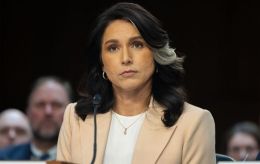Why Putin wants ceasefire on Victory Day - ISW explains
 Photo: Vladimir Putin (Getty Images)
Photo: Vladimir Putin (Getty Images)
Vladimir Putin does not view the ceasefire on Victory Day as a serious step toward lasting peace in Ukraine, according to the report from the Institute for the Study of War (ISW).
Experts believe that the ceasefire after energy strikes and the Easter ceasefire showed that the details of any future ceasefire or peace agreement should be publicly accessible, officially agreed upon in advance by all parties, and include reliable monitoring mechanisms.
In this context, the ISW noted that the ceasefire proposed by Vladimir Putin on Victory Day does not include any additional monitoring mechanisms. Therefore, Russian sources are likely to take advantage of the absence of such mechanisms to fill the information space with baseless claims about violations of the ceasefire by Ukraine.
"Russian officials appear disinterested in establishing meaningful monitoring mechanisms or a general public basis for these ceasefires, likely because Russia benefits from weaponizing the vague and unclear conditions of the ceasefires against Ukraine," the report says.
Cunning intentions of Putin
The Institute for the Study of War believes that Putin uses the unilateral ceasefire to gain informational and military advantages in Ukraine, while US President Donald Trump seeks to use a general ceasefire as a step towards a long-term and sustainable peace agreement in Ukraine.
"Putin appears to be opportunistically declaring ceasefires during major religious and military holidays to force Ukraine to accept the ceasefire or risk appearing intransigent to the West," ISW analysts said.
Furthermore, analysts believe that the unilateral announcement of a ceasefire also allows the Kremlin leader to divert attention from his refusal of the US-Ukrainian proposal for a 30-day general ceasefire in March 2025.
Putin is also trying to maintain the illusion of interest in peace talks while keeping full control over the terms and timing of any ceasefire agreements.
The ISW noted that Russian forces took advantage of the Easter ceasefire for attacking and reconnaissance of Ukrainian forward positions and damaging equipment along the front line in preparation for future Russian offensives. The institute does not rule out that Russian forces may use the Victory Day ceasefire for similar preparatory measures.
"Putin likely views the Victory Day ceasefire as a chance for Russian forces to rest ahead of future frontline activity in Ukraine and as a way to ensure that Ukraine does not conduct any significant long-range strikes against Russia during Victory Day celebrations. Putin likely does not view the Victory Day ceasefire as a serious step towards lasting peace in Ukraine," the Institute for the Study of War states.
Additionally, the ISW is convinced that Putin's continued efforts to conceal his previous rejections of American and Ukrainian ceasefire proposals contradict Trump's declared approach, which is to first establish a ceasefire regime and then negotiate a broader peace agreement, as well as the US president's goal of achieving lasting peace in Ukraine.
May ceasefire by Putin
On Monday, April 28, Vladimir Putin announced a second temporary ceasefire in the war with Ukraine. This time, the ceasefire will be effective from May 8 to 10, allowing Moscow to celebrate the 80th anniversary of Victory Day.
Political scientist Volodymyr Fesenko believes that Kyiv should respond in kind to the new ceasefire to maintain strategic initiative.
Between April 19 and 21, Putin announced the Easter ceasefire, although fighting continued in certain sections of the front, and the Russians continued attacking specific settlements.
For more on why Russia wants another period of silence and the potential risks for the front, proceed with the analytical article.

